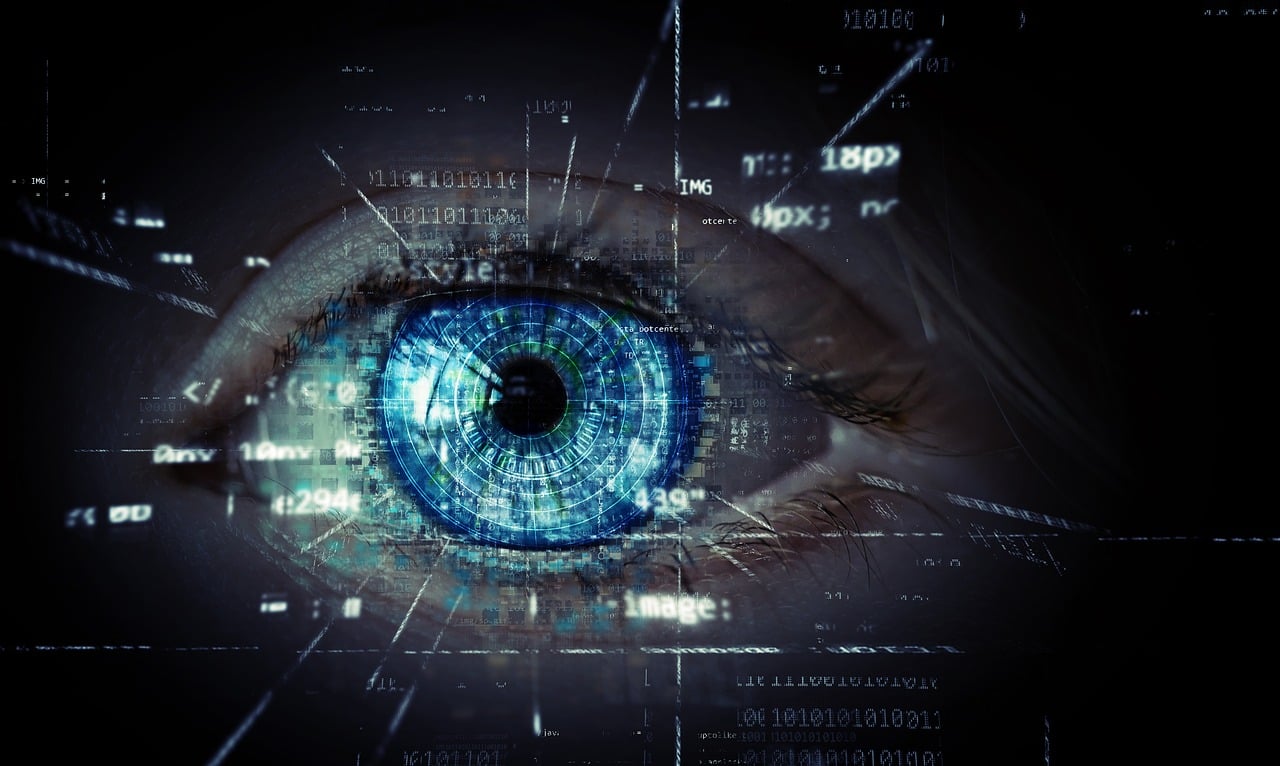Media release
From:
Computer science: How computer-vision research feeds into surveillance-enabling technology (N&V) *VIDEO*
Computer-vision research is increasingly contributing to the development of surveillance technology, a paper in Nature suggests. A study of more than 19,000 research papers and more than 23,000 patents reveals that, out of all the potential applications of technologies that interpret imagery, most of the focus from this dataset is on the detection of humans.
Computer-vision technology can be used in a wide range of applications, including driverless cars, robotics, designing proteins and modelling climate change. However, there are increasing concerns that computer-vision technology is primarily being used to develop mass surveillance. To probe the extent to which computer vision and surveillance technologies are connected, Pratyusha Ria Kalluri, Abeba Birhane and colleagues analysed research papers from a long-running computer vision conference (the Conference on Computer Vision and Pattern Recognition), from 1990 to 2020, along with patents that cite these papers.
The authors observed a fivefold increase in the number of papers contributing to patents related to surveillance from the 1990s to the 2010s. Examples include technologies for limb detection (for example, facial recognition), human detection in everyday activities (such as shopping or group events), and the analysis of human spaces (such as homes, streets and offices). The top two nations producing papers that have downstream surveillance-enabling patents are the USA and China by a large margin. In a randomly selected subset of 100 papers and patents, 90% of papers and 86% of downstream patents extracted data relating to humans. Papers often use seemingly ambiguous language that may obscure the surveillance potential of the research, the authors note, such as referring to humans as objects.
These findings highlight the extent to which the field of computer-vision research contributes to the extraction of human data that can be used in surveillance technologies, the authors conclude. Jathan Sadowski concurs in an accompanying News & Views. He writes: “The map they produce of the applications of computer vision research reveal an intimate relationship between academic research and surveillance applications by the military, police, and profit-driven corporations.”



 International
International


